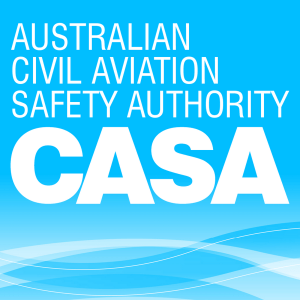
Specifically, the document says the proposed rules apply to “Remotely Piloted Aircraft (RPA) used for commercial operations” and “a key part of this amendment acknowledges the existence of a ‘low risk’ class of RPA operations.”
As part of the new guidelines, CASA is proposing a shift from drone categorization by weight to categorization by risk, stating that any RPA under 2kg is ‘low risk’.
In addition, the NPRM advocates loosening the necessity for obtaining certification for flying such RPAs.
HOWEVER, the all of the proposed changes are put forth under the assumption that the operator abides by the standard RPA operating conditions which includes maintaining visual line of site, limiting flight times to daylight hours and keeping the vehicle below 400 ft, among others.
You can read the NPRM in its entirety here.
This is exactly the kind of thing that the FAA needs to get moving on. An expedited NPRM, even if it were to apply to a fraction of the current domestic drone community, would be a step in the right direction and serve to de-villify the organization in the eyes of Americans itching to fly.
Brendan Schulman, head of the civilian drone practice group at Kramer Levin and attorney for the defense in the now infamous (and ongoing) case of Raphael Pirker, weighed in on the progress Down Under:
The NPRM’s identification of a “low risk” UAS category weighing under 2 kilograms that will be only lightly regulated is a significant step forward for users of this technology. The proposed rule recognizes that low weight devices pose very little risk to aviation or to people on the ground. There are already many great applications for drones in that weight category, and the technology is constantly improving. This seems to me to be a sensible starting point at balancing safety considerations with the demand for use of this technology.
FAA take note.
The next step for this proposed amendment is a month long period for response from the general public. Like the FAA, CASA is under no obligation to listen to a word the public says, but it maintains the democratic process. It seems that the Aussies have a process for this sort thing very similar to the one that exists in the U.S. But CASA’s attitude toward it couldn’t get more different from the FAA.
This has raised some concern in Australia, but (for better or worse) at least someone is taking action. Instead of dragging their knuckles like some organizations, the CASA is managing to fly though through the matter of sUAS, so to speak.
Alan is serial entrepreneur, active angel investor, and a drone enthusiast. He co-founded DRONELIFE.com to address the emerging commercial market for drones and drone technology. Prior to DRONELIFE.com, Alan co-founded Where.com, ThinkingScreen Media, and Nurse.com. Recently, Alan has co-founded Crowditz.com, a leader in Equity Crowdfunding Data, Analytics, and Insights. Alan can be reached at alan(at)dronelife.com